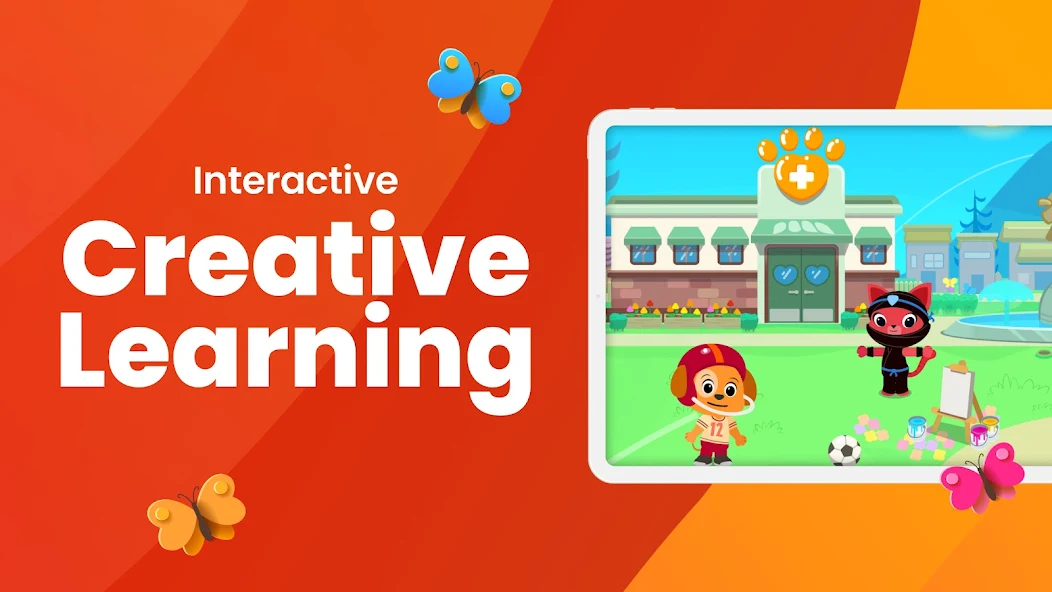Reading is the most important skill that a child will ever learn, and it does not have to be a task at all. Actually, helping a child in learning how to read, when done in the right manner, can be a fun, playful and bonding activity between the two of you.

These 10 easy tips will help your child learn to read and have fun at the same time, whether you are teaching a preschooler who is just beginning to recognise letters or an early reader who is sounding out words.
1. Start With Sound Play
Kids must first hear words before they read them. Play games with rhymes, sing silly songs, and clap out syllables. Such phonemic awareness learning games are developed in kids. The skill of hearing and playing with sounds, phonemic awareness, is the most important when learning to read.
2. Create A Print-Rich Environment
Label items in the house: door, chair, fridge, and even the dog bowl. It assists children in relating written words to objects in the real world. Basket storybooks, fridge magnet alphabet, posters with sight words. Children are extremely quick to pick up things, and every little exposure matters.
3. Use Learning Games For Kids (That Don’t Feel Like Learning)
Not every screen time is equal. Amazing online learning sites specifically created to teach kids to read using interactive stories, phonics games, and read-alouds exist. Only 10-15 minutes a day will support what you are doing offline and keep a good balance between offline and online playing.
4. Leverage An Online Learning Platform
Not all screen time is the same. There are awesome online learning tools made just for teaching kids to read through interactive stories, phonics games and read-alouds. Just 10–15 minutes a day can top up what you’re doing offline and keep things in balance between offline and online play.
5. Make Storytime A Daily Ritual
It is essential to read aloud. Select the books that your child enjoys, even the 100th time they read them. Read with your finger. Use different voices with different characters. One of the strongest tools that can be used to promote early literacy is reading together.
6. Let Them “Read” To You
Let them be the ones who take the lead, even when they are merely reciting the memorised lines or creating the story out of pictures. It develops confidence and storytelling. Questions such as, What do you think will happen next can be asked. Or why did that character do so?
7. Incorporate Movement Into Reading
Not every child learns best while sitting still. Use sidewalk chalk to write sight words and jump on them as you call them out. Or have your child “walk the alphabet” taped out on the floor. Physical movement boosts memory and helps regulate energy levels.
8. Play With Letters And Sounds
Foam letters in the bath. Sand tracing. Letter-shaped cookies. These hands-on preschool activities make learning tactile and memorable. Let your child “build” words with magnetic letters or try writing in shaving cream on a tray.
9. Celebrate Progress (Not Perfection)
Learning to read takes time and patience. Celebrate the small wins like recognising a letter, sounding out a short word, or remembering a tricky word from yesterday. Encouragement is fuel to anyone’s learning process.
10. Follow Their Interests
Dinosaurs, fairy tales or fire trucks — make reading materials match your child’s interests. Kids are much more motivated to learn when they are interested in the subject. So yes, that 50th book on space rockets does count.
It is not about flashcards and trying to find Perfection in teaching your child to read. It is about making reading safe, enjoyable and meaningful. Start small. Stay consistent. And keep in mind: you are not only bringing up a reader, you are developing a lifelong learner.